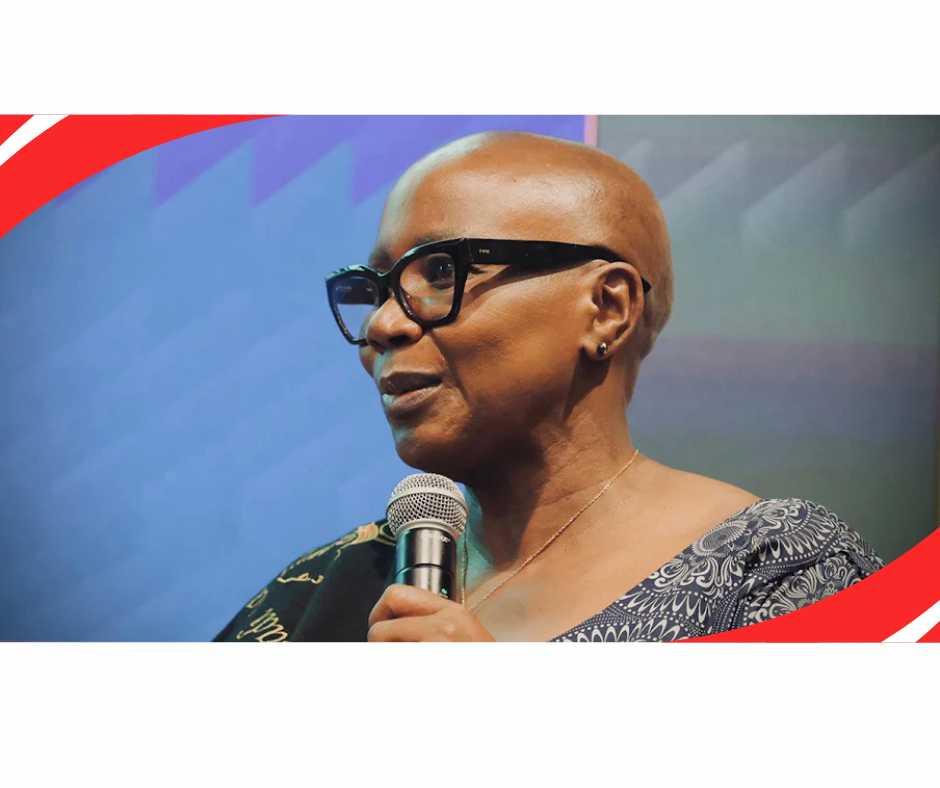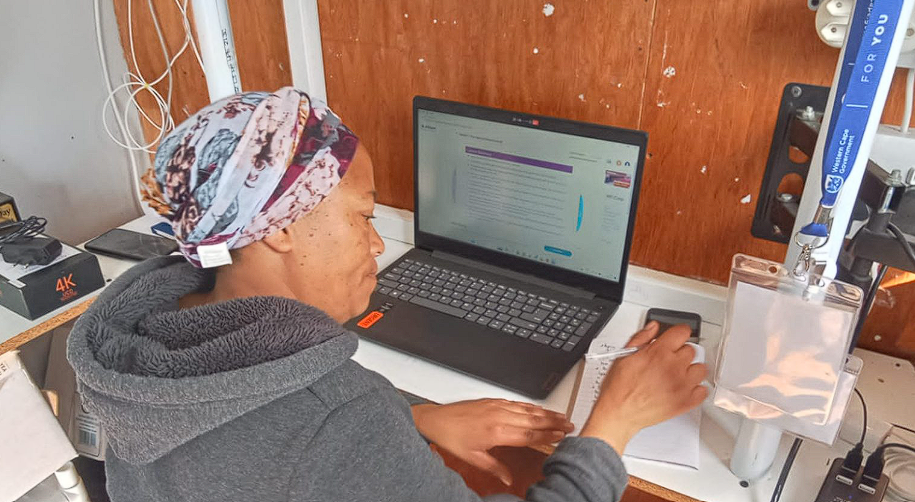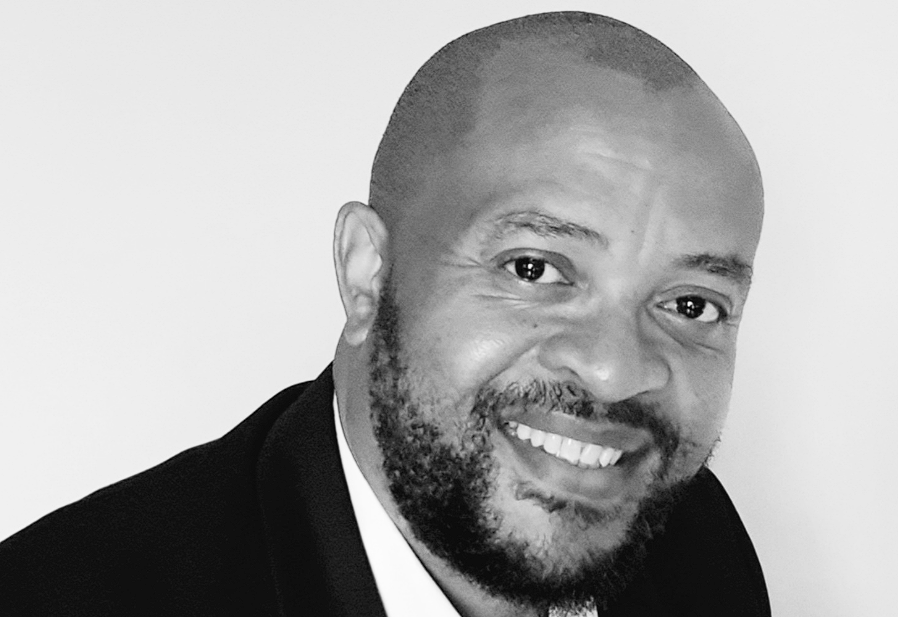Articles
South Africa’s middle class is in big trouble
-
2 years ago
DebtBusters’ Q4 2022 Debt Index shows that South African consumers are under increasingly high levels of financial pressure, with spending power among the middle class eaten away by the rising cost of living.
According to the group, things have deteriorated significantly since it first started analysing debt-related data in 2016.
Compared to 2016, in the final quarter of 2022, consumers had 33% less purchasing power, while nominal income remained on par with 2016.
In other words, factoring in cumulative inflation, South Africans can buy 33% less with the money in their wallets now compared to six years ago.
Worryingly, on average, South Africans now spend 63% of their take-home pay servicing debt.
“Those taking home R20,000 or more use 68% of their income to repay debt. For the top two income bands, those with R10,000 a month take-home pay and those with R20,000 or more, the debt-to-income ratios are 125% and 161%, respectively,” said the group.
DebtBusters’ findings echo data from consumer research firm Eighty20, which found that the country’s middle class is drowning in debt. According to Eighty20, almost 75% of the middle-class segment is credit active with credit accounts, vehicle and home loans.
The latest DebtBusters report also found that vast quantities of the debt owed are in the form of unsecured debt – loans that are not backed by any sort of collateral.
Middle-class consumers earning R20,000 a month or more now have 21% more unsecured debt than they did in 2016.
“This is a direct result of people using unsecured credit to counter inflation eroding their income,” DebtBusters said.
Benay Sager, the head of DebtBusters, said that the full impact of successive interest rate increases since November 2021 and higher inflation rates are now fully evident in consumer finances.
Sager noted a worrying factor that, despite it being counterintuitive, lending activity during the period increased as interest rates rose because consumers supplemented their income with credit, using unsecured loans as a lifeline.
“The data bears this out: average loan size increased by 31%, and 96% of consumers who applied for debt counselling in the last quarter of 2022 had a personal loan,” said Sager.
Sager said that a series of interest rate reductions starting in Q2 2020 contributed to the pressure many consumers are currently experiencing now.
He said that rate cuts resulted in decreases in the average interest charged for bonds and vehicle financing.
“The attractive rates encouraged people, especially younger consumers, to buy vehicles and houses,” said the head of DebtBusters.
“When the interest rates began to rise again in late 2021, these consumers started to feel the increased burden of servicing asset-linked debt. The average interest rate for a bond went from 8.3% in Q4 2020 to 10.8% in Q4 2022.”
The toll on everyday consumers was illustrated in a recent report by Eighty20 that noted:
- VAF: The middle class holds 25% of all vehicle asset financing loans; these are set to default this quarter, up by 21%, while average instalments have increased by 11% year-on-year (R525).
- Bond: For those without a mortgage, their average bond instalment is up 15% (R452) on last year, with balances newly in default up 19%.
Related Articles Posts
Categories
Popular Post
-
 SA’s IT spend to outpace GDP growth 1 year ago
SA’s IT spend to outpace GDP growth 1 year ago -
 Vodacom, Netstar launch free in-taxi Wi-... 1 year ago
Vodacom, Netstar launch free in-taxi Wi-... 1 year ago -
 South Africa under pressure to fill cybe... 1 year ago
South Africa under pressure to fill cybe... 1 year ago -
 Organisations with a strong employee val... 1 year ago
Organisations with a strong employee val... 1 year ago -
 Joint policy-in-action event highlights... 1 year ago
Joint policy-in-action event highlights... 1 year ago -
 Boost your digital transformation journe... 1 year ago
Boost your digital transformation journe... 1 year ago







